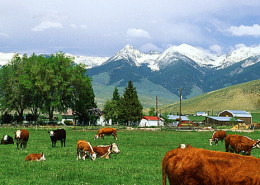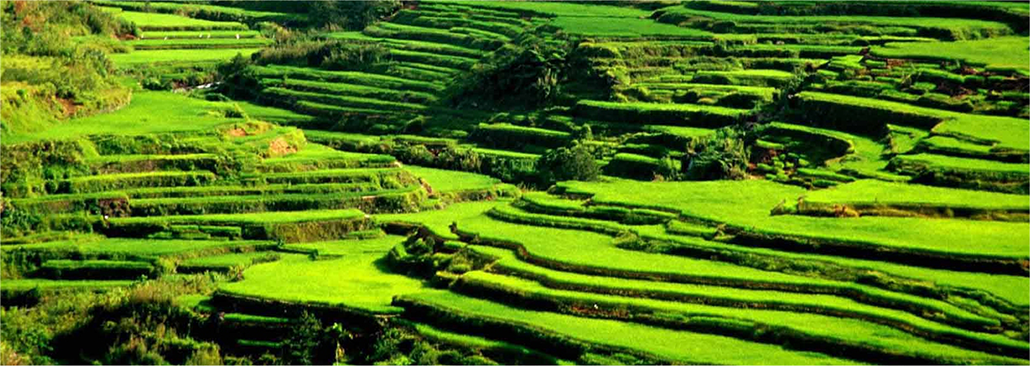GMS Regional Trade in Livestock
Place: GMS • Dates: 2013 • Partner: FAO
Background
The official and unofficial movement of livestock and livestock products is a major risk factor in the spread of disease. Specifically in the Greater Mekong Sub-Region (GMS), where borders are extensive and powerful market forces move livestock across and within countries, the potential for trans-boundary spread of disease is great. However, with limited enforcement of regulation and information on these cross-border movements of livestock and their products, several challenges to proper disease management arise.
Methods and data
Governmental departments collect data on the official movements of livestock and their products. These sources include the Ministry of Commerce and the Department of Livestock Development in Thailand, the Lao PDR Statistics Bureau, the General Statistics Office of Vietnam and the National Institute of Statistics of Cambodia. FAOSTAT was also used as a supplement for official data. Interviews were conducted with traders and anecdotal evidence was collected in certain provinces of Thailand to obtain information on unofficial livestock movements.
Results
The majority of the available information on livestock and livestock product trade within the GMS is centered on Thailand (Tables 5-14). While data on livestock production is available for Thailand, Lao PDR, Vietnam and Cambodia, only the Thai government has truly invested in broad data collection thus far. This is evident in the trade statistics between Thailand and other GMS member countries provided in this report.
Conclusions and recommendations
Thai trade data can assist in inferring trade movements into other countries within the GMS, and these current trends are provided in the discussion and conclusion section. However, this is not sufficient for cost-effective disease risk management.
Because of these large information gaps on livestock trade within the GMS, more investment into surveillance and information gathering is necessary. Without this information, both governments and related organizations are unable to fully assess and manage the trans-boundary disease risk posed by livestock and animal product movements.
Most Recent Entries

Low Carbon Biomass Conversion in the Sierra Nevada





